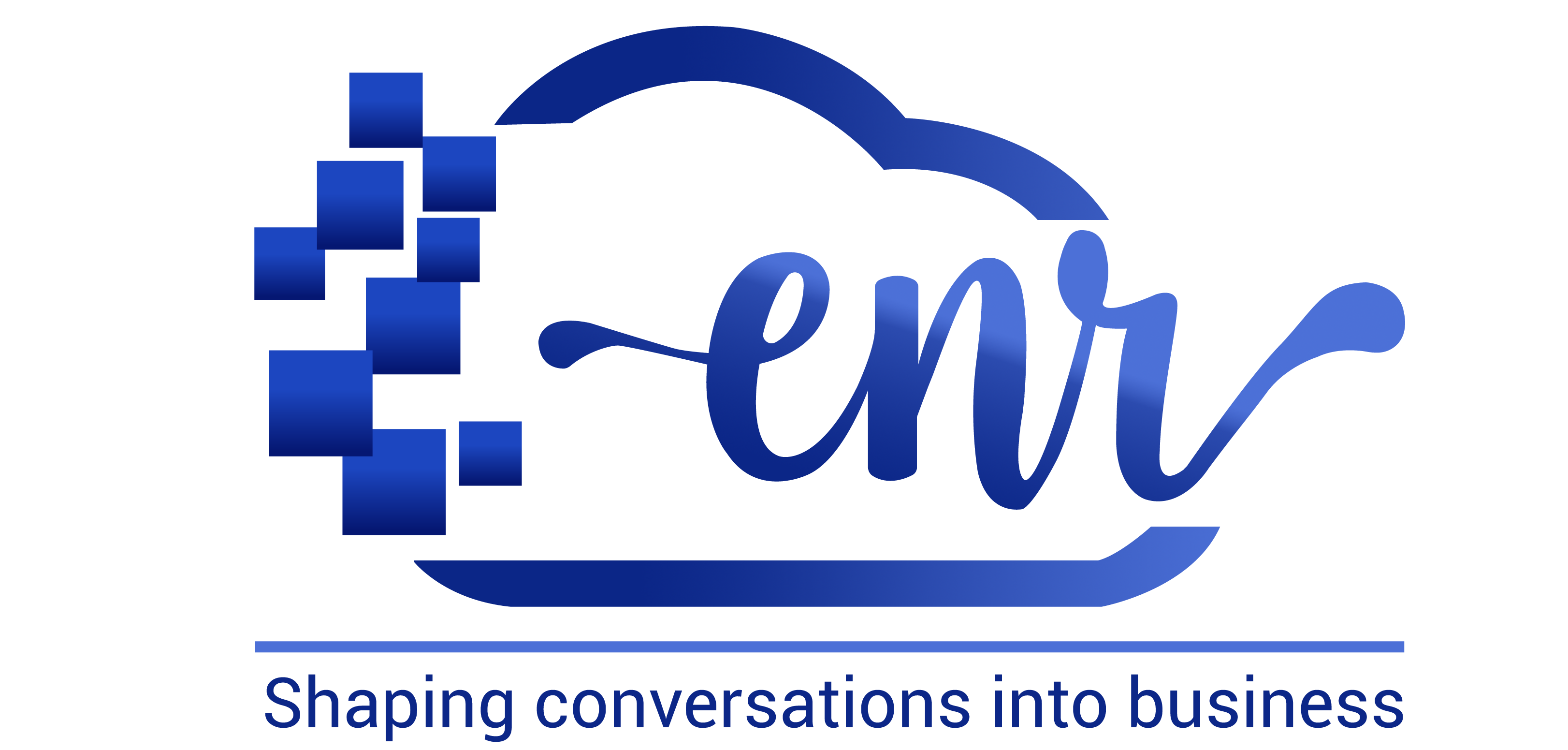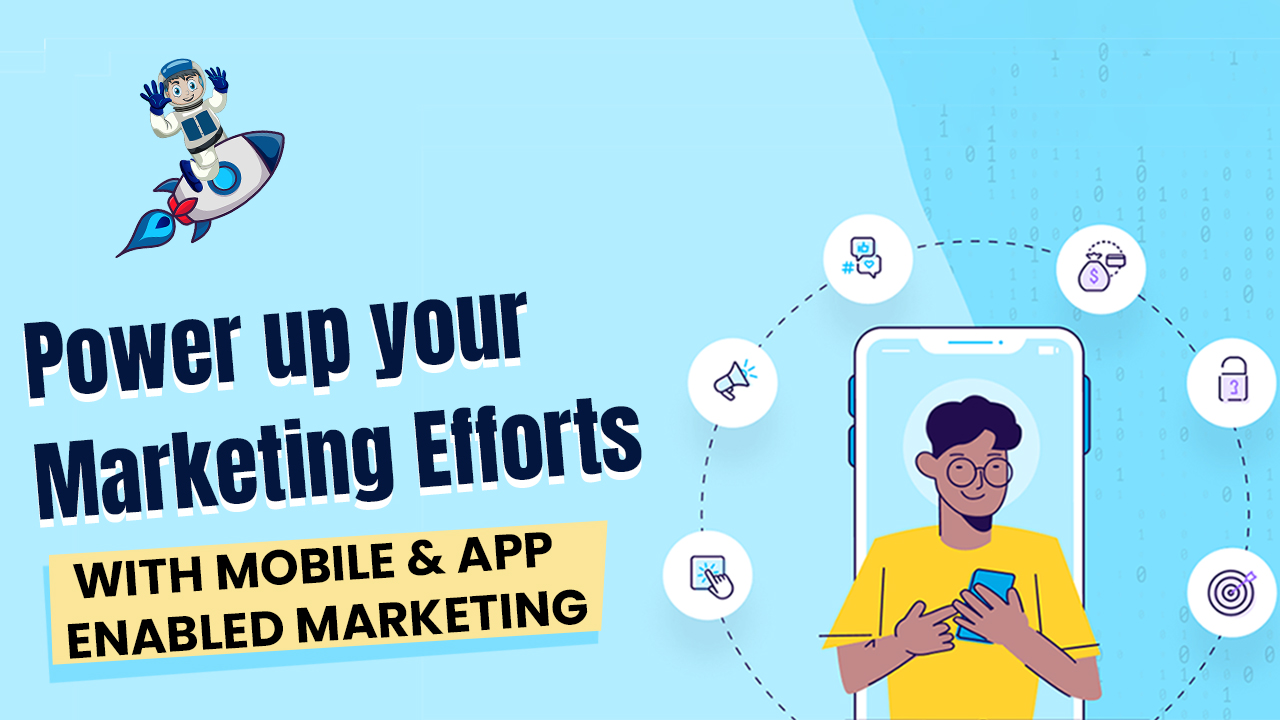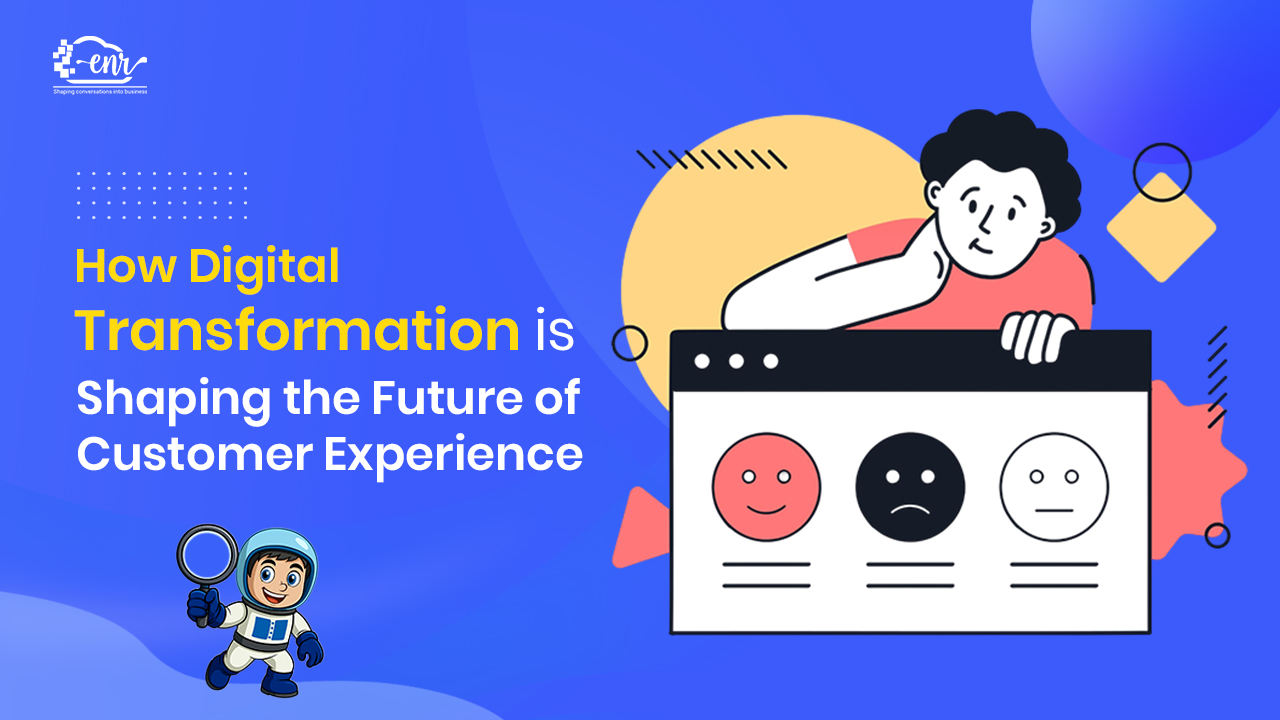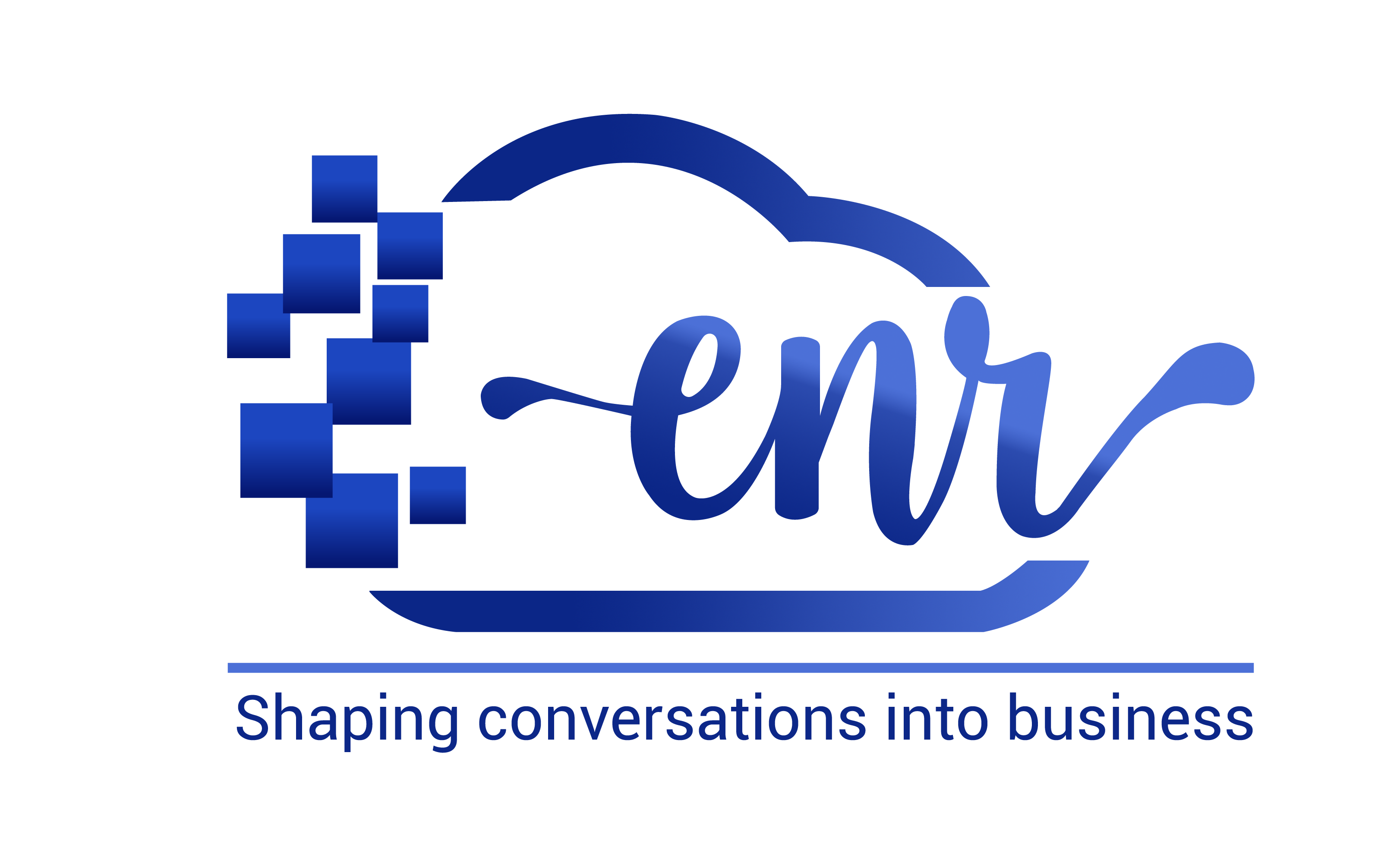Table of Contents
ToggleMobile & App Enabled Marketing
We have come a long way from 2000 to 2024 to make a landslide shift towards mobile adoption in comparison to desktop usage. This only creates an urge to shift your marketing strategies accordingly to the trends and focus heavily on mobile or app enabled marketing mechanisms.
This blog will deal with all the superficial aspects of mobile based marketing requirements, channels, performance and trends with use cases, so that you and your team can start adoption of the same. Let’s start by understanding the key concepts with respect to the same.
Make a note that we are not discussing any app marketing strategy for acquisition or feature, which is solely to market the app itself. But it is for the stage during engagement & retention that we want to talk about, i.e. app enabled marketing efforts.
The Background of Mobile and App Enabled Marketing
There is a conceptual difference between mobile marketing and app enabled marketing. When we talk about mobile marketing, it covers all the aspects of mobile based ads, SMS, whatsapp, RCS, Push notifications etc. whereas App enabled marketing would deal only with those engagements that happen within the limitations of the specific brand app. This would include APN, In-app, nudges.
In Mobile App marketing, the acquisitions are in focus to get the customers to download the app, whereas for app enabled marketing, engagement and retention are in focus to communicate with customers via the downloaded app.
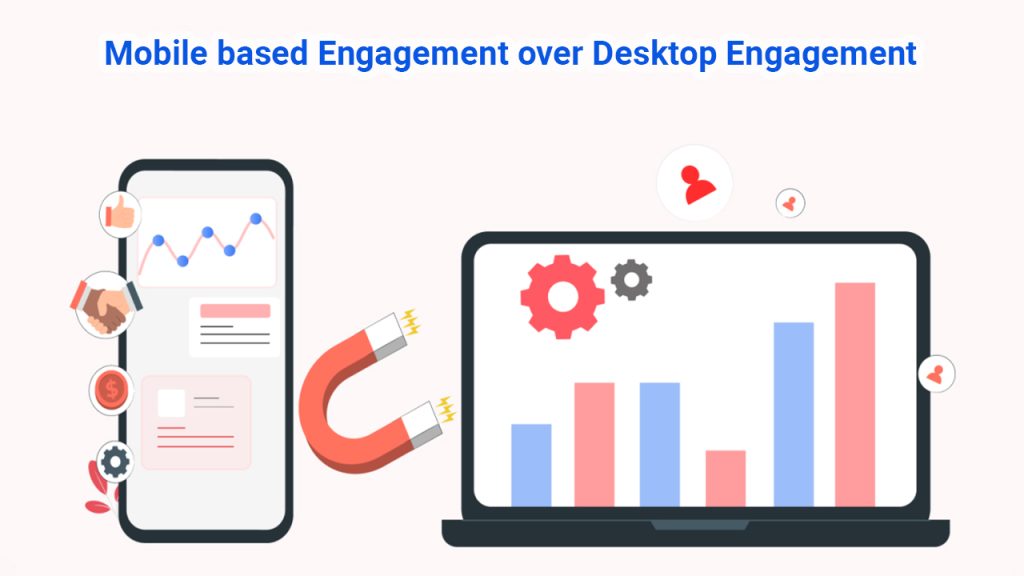
The Pros and Cons of Mobile Based Engagement Over Desktop Engagement
Pros:
The biggest advantage of going mobile in the marketing field is to be with the customer wherever he moves along. You can initiate real time engagements with your end user on his mobile, to get him alerted about a “price drop or a stock going to be empty” soon kind of messages.
It is also far faster for the customer to go through your website or mobile app to understand your products, as the system start/load time factor is negligible in case of mobile devices.
The ease of making online payment, instant confirmation, screengrab are some factors which makes the customer mobile as a more easy medium to buy products or surf the content.
Cons:
The responsiveness factor if not addressed can be one of the key reasons that can stunt the growth of any mobile based rich web or email content. As a marketer you have to realize the importance of selecting the right dimensions for your images and also the right html to correctly make the location of those on the content.
Also the detailing scope in SMS/Whatsapp/APN/RCS would always be less than in traditional email. Another area of concern could be the fatigue factor, which comes out of customers spending too much time on their devices causing them eye strain or stress. This can reduce their time span on the email or notification that you have sent them.
Also, poor connectivity and network can hamper a buyer’s journey to an extent.
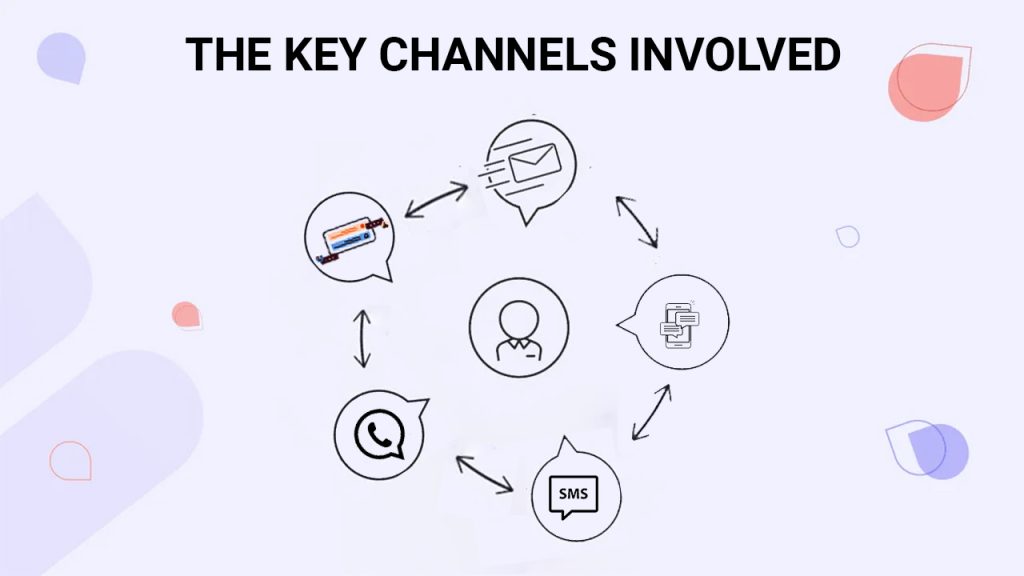
The key channels involved
Short Message Service(SMS): When it comes to Mobile based marketing, SMS has been the oldest and strongest mode of text communication to make the customer aware about the brand and its products. It is also the most reliable one as it has been the oldest proven mode of authority based communication. Average cost can be around 13-14 Paise/SMS.
App Push Notifications(APN): This is the fastest and most economic way to reach your customers with the possibility of using rich media. This generally gets visible on the mobile notification tray of the phone and thus has the maximum chance of customers to further engage with your brand. The average cost is negligible as in most cases it is a part of bundled services provided by app enabled marketing platforms, which work on MAU basis.
In app Messages (IaM): These are the pop up messages which show up on the app home screen or product screen or may be any page where you like. They can be of various sizes and layout, depending on the content and are technically very cost effective as they are bundled along with SDK by the app enabled marketing platform. You can set up rules to decide when, where and to whom it needs to be shown.
Whatsapp: Nothing more needs to be said about this ravage medium of communication as it has become a household name for billions around the world. It is the most deep reaching channel for a marketer that can have strong impacts on your marketing based revenue. You can do direct bulkpush campaigns or set up API based chatbots . The average cost can be up to 70 to 75 paise/message.
Rich Communication Services(RCS) : This is another new age technology by google inc, which has made things a lot simpler and attractive for both marketer and the end user. You can say it to be a combination of SMS and whatsapp. It is capable of sending both text and image based content, with the possibility of two way communications. Average cost is around 25 paise/message.
The prerequisites
SMS: For SMS the DLT procedures need to be in place , like PEID registration, Sender Id registration on any one of the blockchain linked DLT portals (Vi, Airtel, Jio). You need an aggregator/vendor for sending these messages via their platforms. There are some process needs as well like getting your template whitelisted from TRAI before sending it to customers. It doesn’t need an App or a smartphone to work.
APN/Inapp/Nudges: This would need an integration with a marketing engagement platform via SDK (Software Development Kit). Generally you have to install it in the app console to transfer events and also send communications via FCM/APNS. You may need skills on html creation and feedback loop management.These need App and smartphone to work.
Whatsapp: You need to create a Meta Business account for the same and provide the official whatsapp number registered to the platform vendor to start sending your messages. In case of API based approach you will need API integration and webhooks for two way communications. Here also you need Whatsapp team approval for templates before you send them out.
RCS: You need Google authentication to start with an RCS account. The template management can be done with any of the leading Mobile operators. This needs Android phones above version 5.0 and above.
Note: For all the above you would need a marketing automation tool and preferably a martech consultant.
The below table chart can give you the summarized overview on the difference between these channels:
| Factors | SMS | RCS | APN | |
| Internet Connection | Not Needed | Yes | Yes | Yes |
| Rich Media | No | Yes | Yes | Yes |
| Link/Deep Link | Yes | Yes | Yes | Yes |
| App required | No | Yes (GM) | Yes (WM) | Yes (Brand app) |
| Smartphone Req | No | Yes (Android 5.0 Above) | Yes | Yes |
| Reachability | 7 billion approx | 1.~ 1.5 billion | 3 Billion | Custom |
| Encryption | Basic | End To End | End to End | Custom |
| File Sharing | No | Yes | Yes | – |
| Char length/unit | 160 | 250000 | 4096 | 2000 |
| Avg price/unit | 13 Paise | 26 Paise | 70 Paise | MAU fee |
| Geo location | No | Yes | Yes | Yes |
| Payments function | No | Yes via Google Wallet | Yes (But Not Global) | Within App |
| 2 way bot communication | No | Yes | Yes | – |
| Read Receipt | No | Yes | Yes | – |
| Template validation | Yes | Yes | Yes | No |
Few use cases that should be made a part of your mobile and app enabled marketing strategy in 2024
1. Have an API based Transactional SMS setup ready to send customers the notification about a purchase or a registration done. This is the basic expectation of a customer from the brand and you cannot do away with it. We can use custom personalized links to be shared with the brand domain for better personalized experience and authenticity.
2. Initiate an inquiry based whatsapp chatbot to communicate and respond to customer queries about your product. Connecting and engaging with the customers on whatsapp can make things moving a lot faster and in an easier way. You can set up a workflow engine to communicate via API and also include NLP based responses to converse accordingly.
Another use case would be post purchase whatsapp confirmation with a tracking code and subsequent stage updates. This can enhance the customer journey and its experience.
3. Make your chase or recovery cart process more accurate and fast with App push notifications reminders. An interactive message that comes on tray with the image of the product that customer wanted to buy, is a perfect hit on target to achieve a sale for same. You can make it more attractive by putting up timers/carousels etc. GPS/Geo fencing based real time notifications are really a spot on when it comes to physical store marketing activity.
4. Start making your app experience more engaging for customers via in app messages. The more relevant your timely in app header/footer/center banners would be, the better would be the chances of customers being further engaged and involved on the app. You can show one time offers, deal of the day banners, feedback pop up etc, to create a far longing effect in overall app engagement. You can set up frequency cap rules to avoid inconvenience for customers.
5. Increase your mobile application adoption rate by guiding the customer in the right way through in app nudges. Making your customer understand how your app works and which things he should explore is what every app marketer wants. So to address this desire, you can deploy nudges to highlight relevant options for your app user, so that they do not get diverted from the business path. Try using tooltips, spot on, highlighters etc to make an area or button more visible and asking for customers to click ahead on it.
6. You can set up a one stop solution for all queries for pre and post sales via Google’s RCS technology. Solutions regarding KYC, loan application, subscription renewal, product listing, catalog view, appointment fixtures can be done a lot effectively via RCS.
The future picture: The future looks far more mobile oriented than ever, as the advent of AI based content comes into picture. We might see a few more additions of channels or even phase out of some, but the mobile as a medium is here to stay for a long long tenure.
It only makes sense for any marketer to start adopting these trends as quickly as possible to catch your Gen Z customers before your rivals can.
Read Also – Customer Loyalty Program & Loyalty Rewards
Conclusion:
Having an app or a mobility-based channel and monetizing it through engagement and retention are two different level milestones. It takes some simple steps and efforts to get the basic use cases live. A lot is there to discuss in detail about advanced strategies and their implementation. However, that may require an insight into your business needs. Feel free to catch up with us for the same.
Written By- Amit Bhateja
Amit Bhateja is the co-founder of enrcloud and helping brands and Unicorns from the last 15+ years and overachieve their Engagement and Retention goals. He is passionate about solving customer problems with modern technology, new age solutions, and consultancy approach. Besides Building ENR, He enjoys reading books, spending time with his family and Teammates, traveling, meeting new people, learning new things, and love to close the business deals.
